|
Architecture has emerged in the public's consciousness in recent years, with architects portrayed by the media as cultural shapers and movers in society. American architect Elizabeth Diller, partner of New York practice Diller+Scofidio Renfro was listed as one of Times magazine's 100 most influential personalities of 2018 while the globe-trotting Danish architect Bjarke Ingels is regularly featured on CNN expounding his design ideas and projects. On the other hand, cities are hastily organizing architecture biennials and triennials with the hope of projecting their cultural capital to an international audience. There are a total of 34 biennials and triennials globally, with 22 being hosted in different cities concurrently the same year. The Venice Biennial, the oldest and most renowned among the biennials saw over 60,000 visitors in just the first three weeks alone in 2016. The final total number of visitors was 260,000, which was a record for the biennial. Politicians, policymakers and brand consultants are quick to seize on the promotion of culture in enhancing liveability, to attract global talent, tourists and increase economic competitiveness, It is a narrow yet alluring definition of culture that is perceived to boost a city's spot in the annual global city ranking exercise. This is not surprising. As cultural artifacts, buildings carry strong cultural currents in our built environment. They reflect the values, beliefs, and customs of a society at a particular point in time.
The word culture has its origin from the Latin word cultura, which means 'to grow,' to 'cultivate.' In Biology, culture refers to the growth of bacteria and cells by providing the right mix of nutrients and conditions. Whether it is the growth of bacteria in a petri dish or the cultivation of culture in society, time, patience, care, commitment, attention, and nourishment are needed to allow something to come into existence. It is an emplaced process, bounded loosely in a locale or within the glass confines of a petri dish. In his 1958 essay, Culture is Ordinary, Raymond Williams bemoaned the association of culture only with the high culture of the arts like literature, painting, dance, and theatre. To be cultured means having a taste for the finer things as opposed to a low culture, which belongs to the masses. Williams argued that both high and low cultures coexist in our lives, and we should instead be looking at culture as a 'whole way of life.' In other words, our everyday existence, in which we engage in myriad forms of daily activities, interact with people from different walks of life and in spaces that are both ordinary and exquisite. Although written in 1958, it still serves an important reminder to architects and architecture students. As spatial designers who can influence behaviors and actions, and modulate perceptions through our design, we, too, must be mindful of the manifold and sometimes competing cultures commingling amongst us. It is especially critical at a time when increasing socio-economic inequality frustrates, excludes and divides society, and the rising voices of underrepresented communities who demand to be heard. My 5 min presentation for the event on Sep 16, 2017 at the School of the Art Institute of Chicago:
The airport fascinates me as a socio-cultural phenomenon. Seldom do you find gathered in a building such a diversity of nationalities and cultures. In this slide, you see the Goddess of the Sea, Mazu and her 2 Heavenly assistants taking a business class flight from China to Malaysia for a religious event. They were issued boarding passes too. Future innovations will need to recognize and address the needs and experiences of a diverse group of travelers and users. In Singapore, the Changi Airport is a destination for the young and old who come to the airport for a variety of reasons. So much so that Changi may be the only airport that has so many signs discouraging students from studying. Changi is more than just an airport to the locals. It is a third place, a term coined by Ray Oldenburg to describe a place that people gather that is neither a home nor the office. First impressions count. The Copenhagen Airport is a showcase of Danish design. On the other hand, during the design of the Changi Airport in the 1970s, the Prime Minister then instructed the planners to plant rows of rain and palm trees along the highway leading from the airport to the city center, and that they be well maintained, for 2 reasons. First, it conveyed to arriving visitors that this is the tropics, and secondly, a signal to potential foreign investors that the city-state is well managed and the right place to invest their money in. This first impression was designed to reach a high point when the towers of capitalism, hidden by the trees, unfolded before your eyes as you reached the highest point of the Benjamin Sheares bridge after a 15 min taxi ride from the airport. Vice versa, the experience of the airport starts before arriving at the terminal. The in-town check-in service in Hong Kong is a good example. It gives back some control of time to the travelers who have to negotiate an environment that encourages consumption yet tightly controlled and surveilled. I believe designing the experience before and after the airport is as important as the airport itself. During the first day of the facilitation session in To Kwa Wan, I introduced the Circle of Gift Giving to the group. Sitting in a circle, each participant gave a small present to the person seating next to him or her. The ritual required the gift giver to share the source and meaning of the gift to the receiver. As the circle of gift giving enfolded, we shared funny, down to earth and poignant stories behind each gift. One participant forgot to bring a gift and she bought one in To Kwa Wan. Being practical minded, she bought a bottle of WD 40 from a car repair workshop as a gift and hoped it would be useful for the gift receiver. Another female participant gave a movie ticket to the participant next to her. She explained that it was from a movie date but her partner failed to turn up. She ended up leaving the movie theatre holding the unused ticket. A participant gave a small coin, which came from a memorable trip to Taiwan she made with her father, while another gave an old high school exercise book. She shared that the book brought back memories of her school days in Hong Kong after being away for many years.
The participants had to learn from the sociocultural and economic life of To Kwa Wan residents, and come up with interesting ideas to archive the fast disappearing neighborhood over a one-month period. They came from all walks of life and were strangers to each other. Before diving deep into the task, I felt it was important to first form a community of learners through the ritual of gift giving. As Lewis Hyde in The Gift: Creativity and the Artist in the Modern World so eloquently wrote, "...it is not when part of the self is inhibited and restrained, but when part of the self is given away, that community appears.” I was invited by the Make a Difference School in Hong Kong to be a guest facilitator for their 1- month in-situ studio in To Kwa Wan. Over 3 days in August, I gave a public lecture on the concept of Social Archiving and conducted discussions with the participants and local residents on the future of the neighborhood that was slated for re-development. Looking at To Kwa Wan superficially, one sees only the large number of car repair workshops, and would not have imagined a rich and diverse collection of social relations and history. Through my street conversations with the locals, I discovered a resident who played the flute to entertain passerby and gave a very good impression of singing birds. There was a pastry shop that have used the same 40-year old recipe since the day it opened for business, and even a car repair workshop that doubled up as a daycare for the child of a single parent who had to work part-time.
"...it is not when part of the self is inhibited and restrained, but when part of the self is given away, that community appears."
Lewis Hyde. The Gift: Creativity and the Artist in the Modern World. Social Archiving explores a new form of archiving that combines gift giving, safekeeping, curating, placemaking and a renewal of the life of a collection through a simple in-person ritual and a digital interface for sustaining the social life of the collection nationally and beyond. I conceived of Social Archiving as a new model of caring for objects and ephemera that carry cultural and heritage value. It is a platform for intergenerational learning in-place and online, public stewardship and the building of a personal legacy through the sharing of the stories related to the archived materials. Social archiving was motivated by the diminishing size of an elderly’s home and a rapidly aging population in the city-state. Social Archiving draws from the rich tradition of archiving as an art form and differs from current institutional model of archiving in the following ways: 1. It is interdisciplinary. The process in itself constitutes a participatory form of art-making and sharing. 2. Although Social Archiving has a precedent in the rich tradition of archival art, it does not rest purely as a one off art project. Social Archiving helps in the crafting of interactions and relational structures in the design of spatial strategies to address contemporary urban concerns. Specific to this proposal are the issues of aging in place, personal legacy, identity, community forming and the spaces that support them. 3. It relies on the interest, passion, care and housing offered by a community of volunteer archivists/collectors/curators instead of the control and management of an institution. 4. It promotes social interaction, both digital and in real time in the archival process. 5. It encourages active, creative re-interpretation and curating of the archived materials that extends beyond the passive role of offering a storage space. 6. It recognizes the role social media plays maintaining contact between archivists, between the original owner and the new collector, and in the organization, dissemination and sharing of the archived materials. 7. It permits the transferring of the archived materials if the new collector agrees to the role and expectations. 8. It is a scalable process that can range from an intimate social setting to a large, community-level interaction. The populations of Asia and Western Europe are rapidly aging and 60% of the world's population is in Asia. Although the project is situated in Singapore, the issues, challenges and opportunities surrounding aging are global while the initiatives to address this rising societal phenomenon are potentially transferable to other nations. (https://www.washingtonpost.com/local/social-issues/what-singapores-plan-for-an-aging-population-can-teach-the-us/2015/11/01/f86e9596-7f42-11e5-b575-d8dcfedb4ea1_story.html) Singapore is a particularly important case study because it has one of the world's fastest aging population. Over 80% of its population lives in high rise public housing given the limited land available for development. As the government encourages its citizens to see their apartments as economic assets, it is not uncommon for many to sell, buy and live in several apartments over their lifetimes. Each move generates bigger profits that serve as their retirement nest eggs. Through my encounter with the senior citizens in the course of the Tangible Stories project, I foresee the Social Archiving project can take on a significant role in the social and cultural landscape of Singapore based on the following reasons: 1. As more and more senior residents move into nursing and retirement homes, as well as smaller studio apartments, they are confronted by the challenge of holding on to their cherished possessions acquired over the years. These possessions include furniture, objects for daily use and print materials that house strong memories for them. Unfortunately, many senior citizens have to either sell or throw them away now, especially if they are single or do not have children to pass these objects and materials to. Moreover, some of their children may not be keen to take over their parents’ possessions. 2. Given the unceasing urban transformation and the rapidly aging population in the city-state, many grassroots level memories are lost despite the attempts to collect them through the massive, national-level Singapore Memory Project. Social archiving offers a more intimate platform for intergenerational learning and remembering through the sharing of the stories related to the archived materials. As Arthur C. Brooks in his Op-Ed piece for the New York Times wrote. "One million is a statistic. One is a human story." 3. As more and more studio flats are designed within existing and matured housing estates, there is an urgent need to give greater consideration to the design of public spaces that promotes aging in community. Besides design considerations such as universal access, elder friendly interiors, etc., the provision of spaces and the holding of community events that help anchor personal memories of place can be promoted through social archiving. Partners: Jacelyn Kee; Lee Sze-Chin; Asian Film Archive; Tangs Holdings; Tsao Foundation. I spent several hours over the weekend listening to longtime Whampoa resident Jessie Tang's stories of her collection of objects. They were neatly and carefully kept in photo albums, boxes, jars and wrapped in old newspapers that showed the passing of time. Besides the smaller objects, she has several beautiful antique furniture left behind by her mother. From the retelling of her love for Chinese opera as a young adult and her collection of old Chinese opera newspapers from Hong Kong from as far back as the 1930s, I came to know of a vibrant Chinese opera scene in Singapore. During that era, Hong Kong opera troupes would often come perform in local theaters to an enthusiastic local crowd. Their impending presences were announced in colorful flyers that Jessie fervently collected as well. Besides performing in operas, the artistes also acted in movies. Alongside the Chinese Opera newspapers, Jessie has an extensive collection of old movie star magazines featuring well-known Hong Kong and Chinese actors in the 1950s. My childhood memories flooded back as I flipped the pages of the magazines. I recognized pictures of Tse Yin, Fung Bo Bo and Sek Kin, to name a few, who were in the prime of their careers at that time. Our conversation took place in different parts of her home, and transitioned from one collection to another, such as her mother’s Singer sewing machine that included accessories and a receipt dated 1936; her old Scholar’s game made from animal bones; her extensive collection of Chinese red packets; her collection of paper cranes she made, and her one and only porcelain model of the old C.K. Tang building. Jessie worked in C.K Tang since the day it opened for business till her retirement in 2008. With each collection, a new insight into the life of this incredible lady was revealed.
In the Thousand and One Nights, Scheherazade avoided her death by telling an endless chain of folktales to King Shahryar each night. Her stories prevented the King from ordering her execution at the dawn of each day as he was mesmerized by the unbroken web of folktales. I felt the same when I was in Jessie’s flat- an intriguing and fascinating place where in the course of 30 years, it evolved into a Living Museum housing her rich and assorted collections. Her weaving of everyday life, memories, personal stories, histories and cherished objects left me enthralled and desiring for more. The late New York Times journalist David Carr used the term Present Future to describe the state of journalism in the 21st century, where the present proliferation of news feeds that cater to a multitude of readers at this moment does not necessarily lead to a definitive, clear idea of what journalism will become in the future. Nonetheless, the future is slowly being shaped by these current developments and one should not shy away from them or be overly nostalgic with the past. Perhaps one can say the same for the future of architectural education and the practice of architecture? It is often convenient and easy to project a future scenario that celebrates technology (usually) and how it will herald a radical shift in the conceptualization, design, making and habitation of architectural spaces. However, we are also living in the present while making these projections; going through the daily mundane but necessary rituals that sustain our everyday life. The body we carry with us still retains the memories of thousands of years of evolution despite their continuing tempering by new technologies. Cultural background too, influences our disposition towards new ideas and discoveries, which affects how fast the future becomes the present. By retaining the present with the future is a wise and prudent step in our desire to discover what lies beyond the horizon.
The word design is often used as a noun and a verb. The OED defines design as
“A plan or drawing produced to show the look and function or workings of a building, garment, or other object before it is built or made” and to design is to “Do or plan (something) with a specific purpose or intention in mind.” (Retrieved from http://www.oxforddictionaries.com/us/definition/american_english/design) A designer is therefore someone who does or plans “(something) with a specific purpose or intention in mind.” From a non-Western perspective, designer can also be called a 意匠 (Yi Jiang) The character 意, for example, carries multiple meanings- as consciousness, meaning, intention, significance, idea, sense, desire, thought and longing. As 意匠, a designer is a craftsman who shapes our consciousness and produces meaning. Through the designer’s work, our sense of the world is heightened, and the quotidian elevated to a level of significance. A designer also shapes our desires and longings. Our yearnings for homeland, justice, freedom or luxury are given material form. 意 is also made up of several ideograms- {sound (音 Ying)}, {heart (心 Xing)}, {stand, establish or set (立 Li)}, and {day, daily or sun (日 Re)}. On the other hand, 匠 or craftsman consists of 2 ideograms- 匚 (Fang), which means a box, and 斤 (Jin), which is an axe. The combinatory meanings of 意匠, from the elemental to the extended meanings offer a much more expanded role that a designer can take in contemporary society. First and foremost, a designer needs to be attentive to sound (音 Ying) in the design process. It refutes the primacy of the visual, especially when the design process is much more screen-based now. From (心 Xing), we know passion, generosity, emotion and empathy are as important as skills and techniques, while (立 Li) suggests that design is a setting in place, whether the outcome is a piece of furniture, a book or a neighborhood. (日 Re) reminds us that as a designer, we need daily devotion and a dedication to the continuing refinement and learning of our craft. Our tools, 斤 (Jin) are housed in a box that affords mobility. It echoes how our hypermobility of ideas, people and finances in the 21st century has given rise to a globally situated design practice. One must not, however, imagine the realm of culture as some sort of spatial whole, having boundaries, but also internal territory. The realm of culture has no internal territory. It is entirely distributed along the boundaries, boundaries passes everywhere, through its every aspect...Every cultural act lies essentially along its boundaries.
Mikhail Bakhtin. The Creation of Prosaics Project Mission
The Art and Design School Project is an interdisciplinary and creative project that offers a free, intimate and intellectual experience within a gallery setting for the discourse on art, design and contemporary culture. It is motivated by the tradition of experimental pedagogies and seeks alternative grounds for engaging the community of learners through non-conventional means of teaching and learning. Project Rational and Goals The Art and Design School Project is conceived first and foremost as a project. It exists as a liminal presence within a real space and is engaged with live participants but is fictive at the same time. This strategy supports the realization of the project’s goals while giving it the space to be experimental and critical. It challenges conventional structure and organization of a school, the methods of knowledge delivery and exchange, as well as the roles of learner and teacher. The project is strongly motivated by the possibility of opening up new concepts and strategies for the future teaching and learning of art and design. The Art and Design School Project therefore:
Project Organization The themes for the class will be crowd sourced and curated from the art and design community prior to the start of the project. A collective of artists, designers and scholars who have devoted considerable time to their work and who share a passion for this open, interdisciplinary form of knowledge exchange will be invited to facilitate the weekly thematic discussions. Practitioners and recent graduates in their respective creative fields are eligible to apply as student participants. They are selected from an open call for application and successful applicants are invited to join the Art and Design School for a 12-week session. At the end of the session, the students present their works, research or findings to an invited panel of experts in the art and design fields. Project Duration All the participants will meet once a week for 2 hours in the evening at a gallery. The project will take 12 weeks to complete. |
Archives
August 2023
Categories
All
|

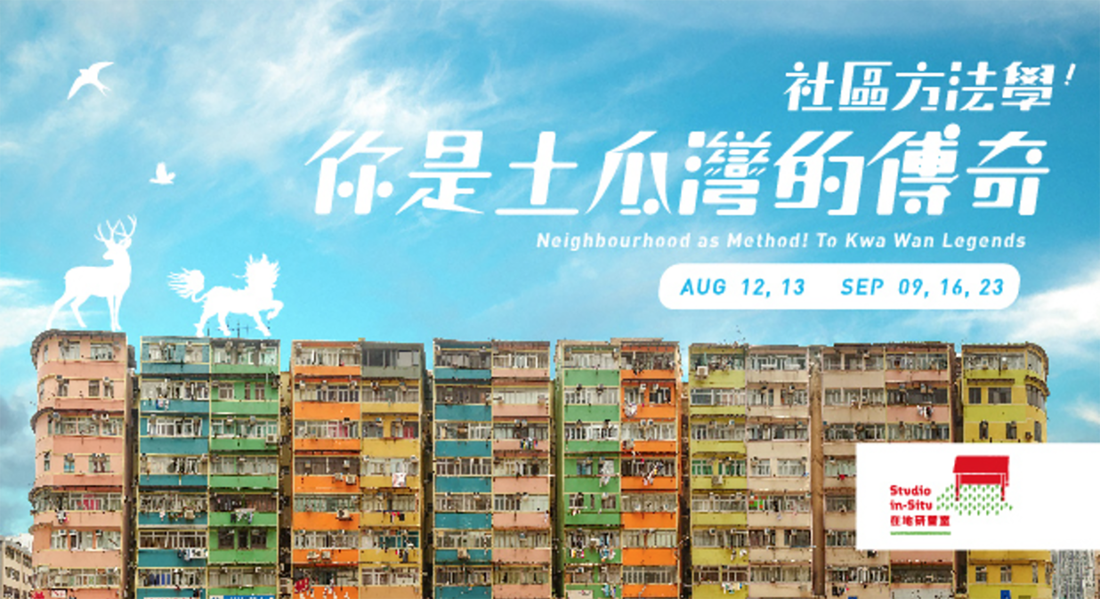
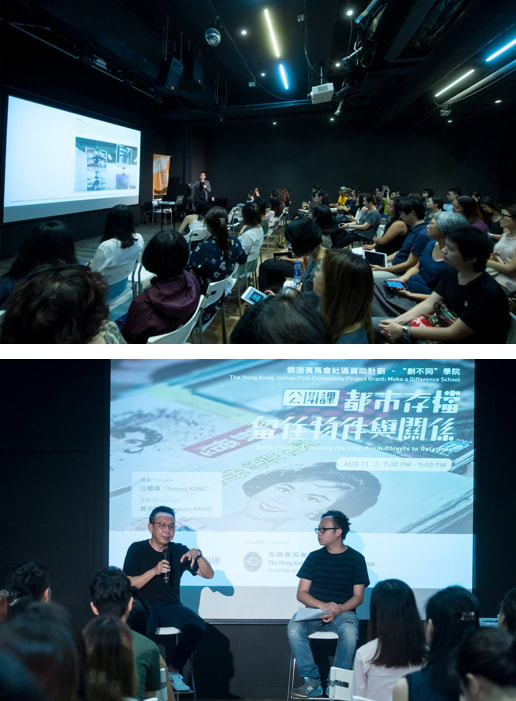
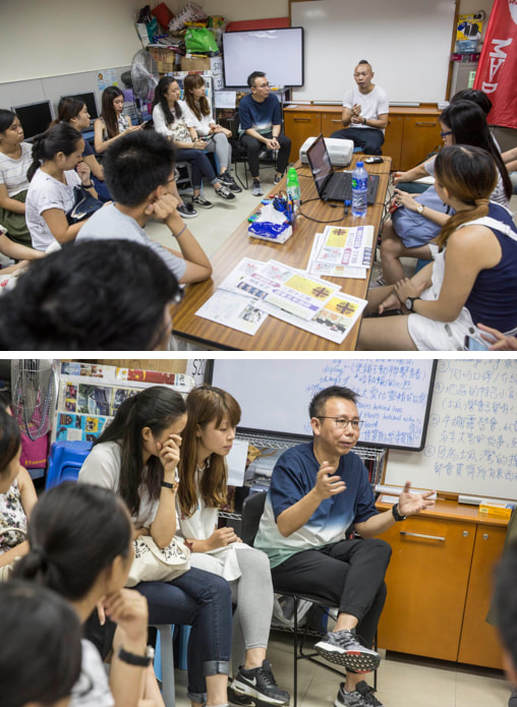

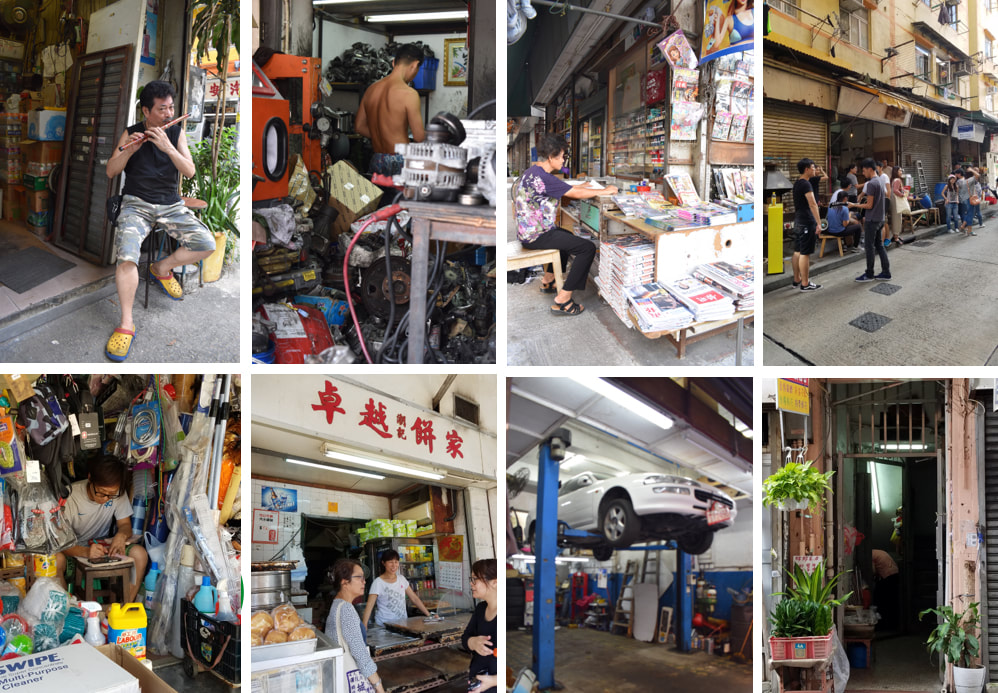
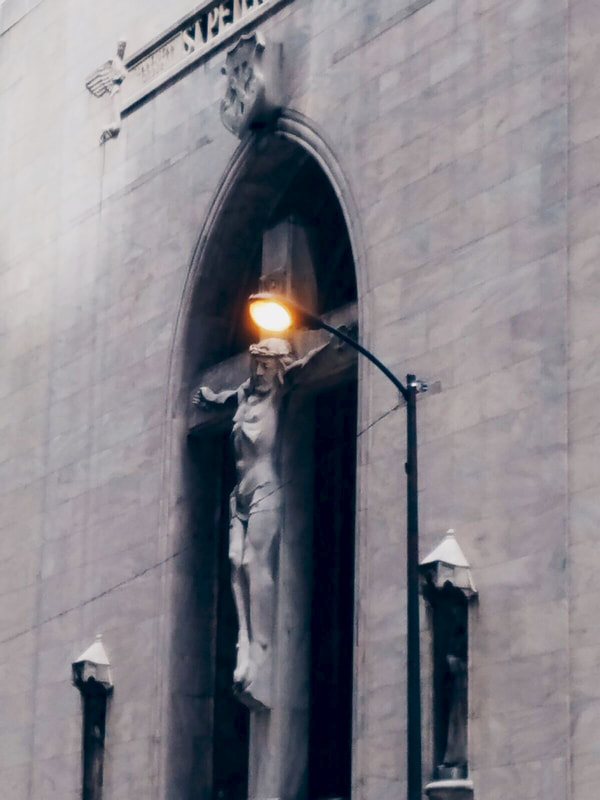
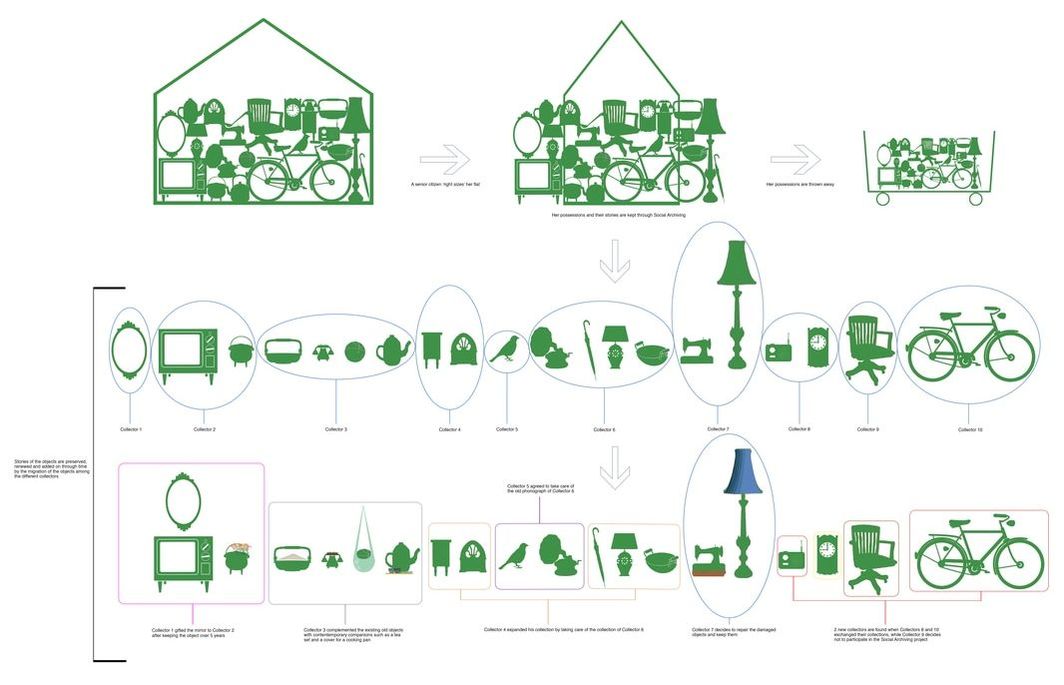


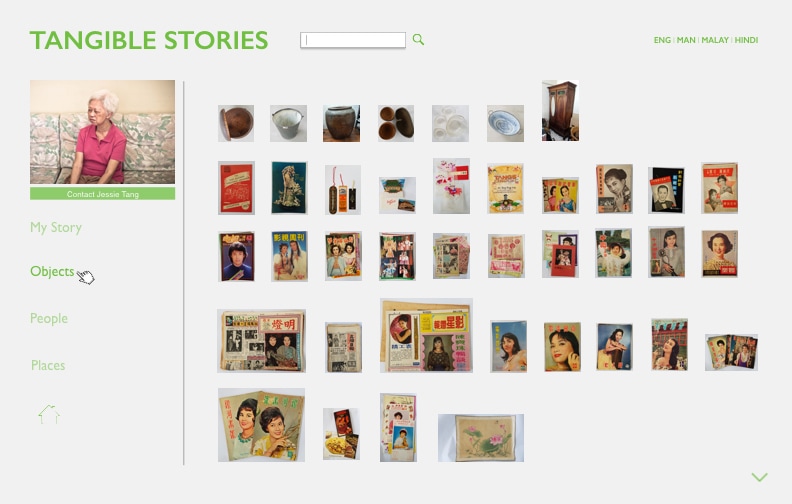





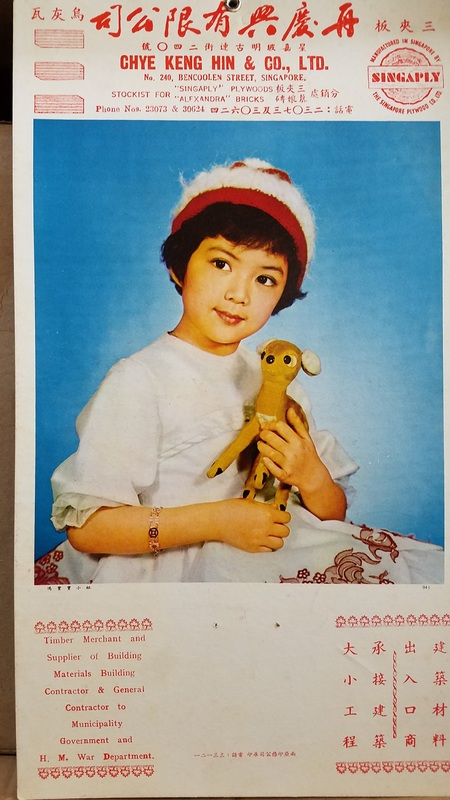
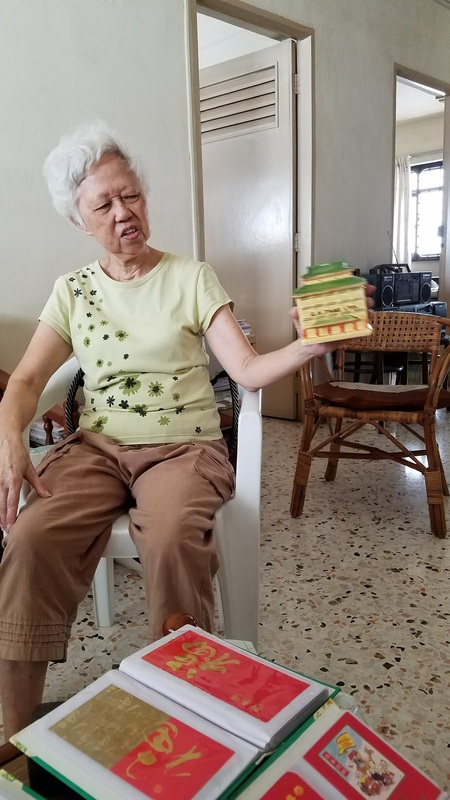


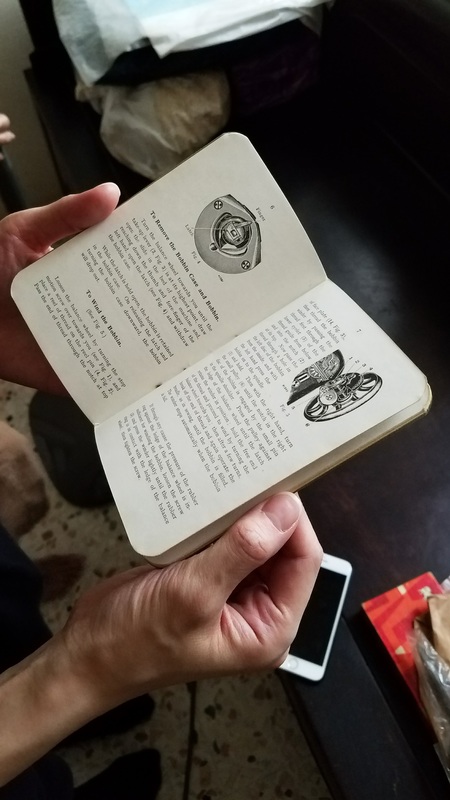
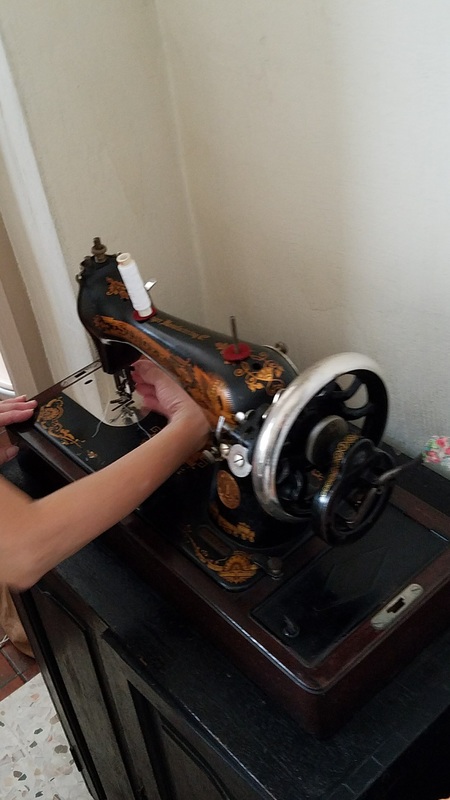
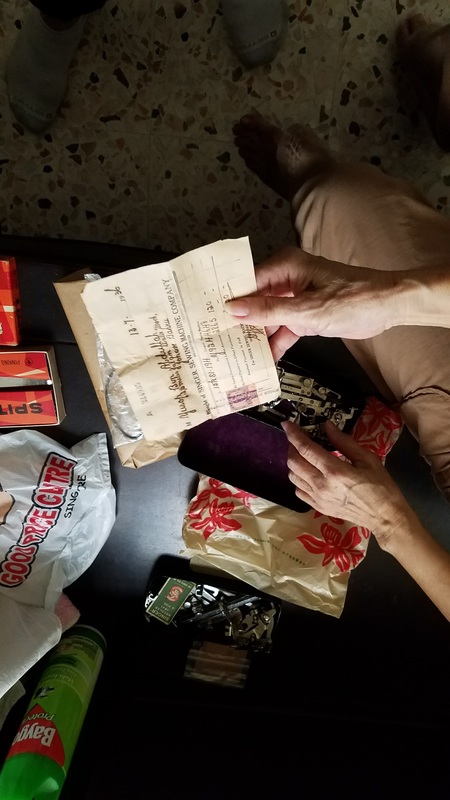

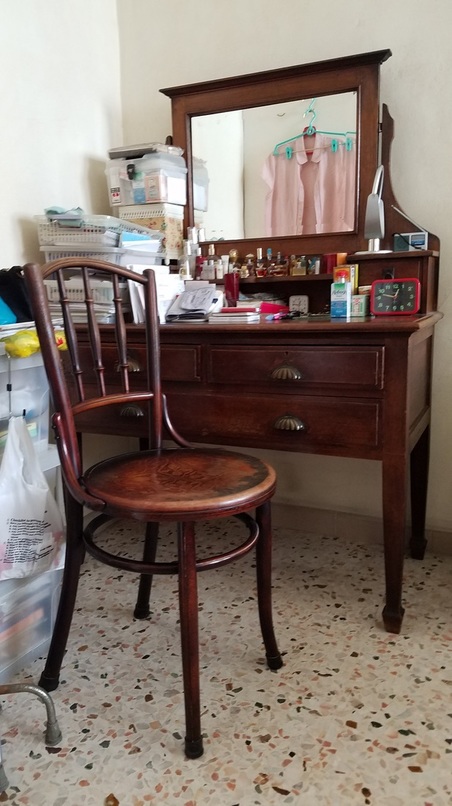

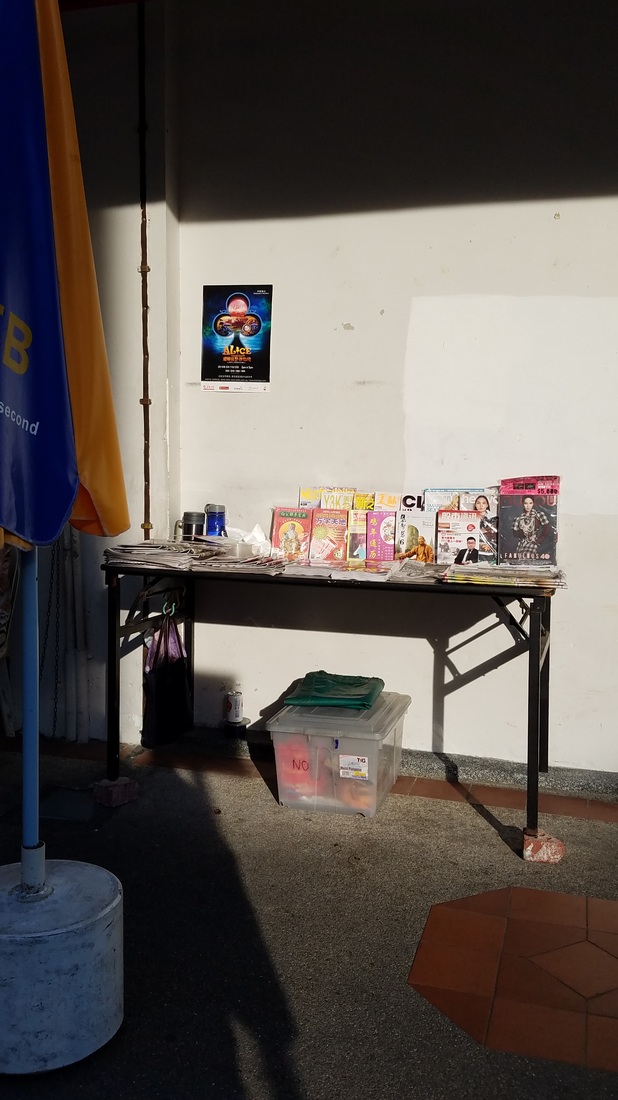




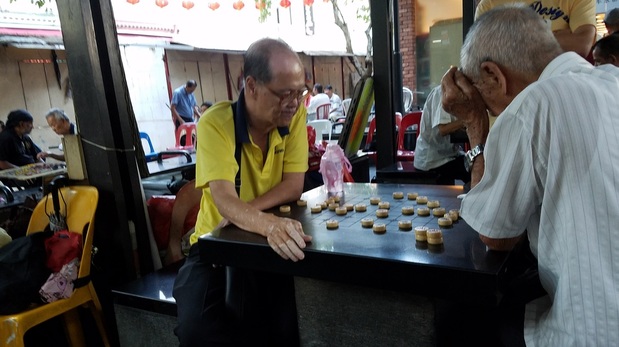





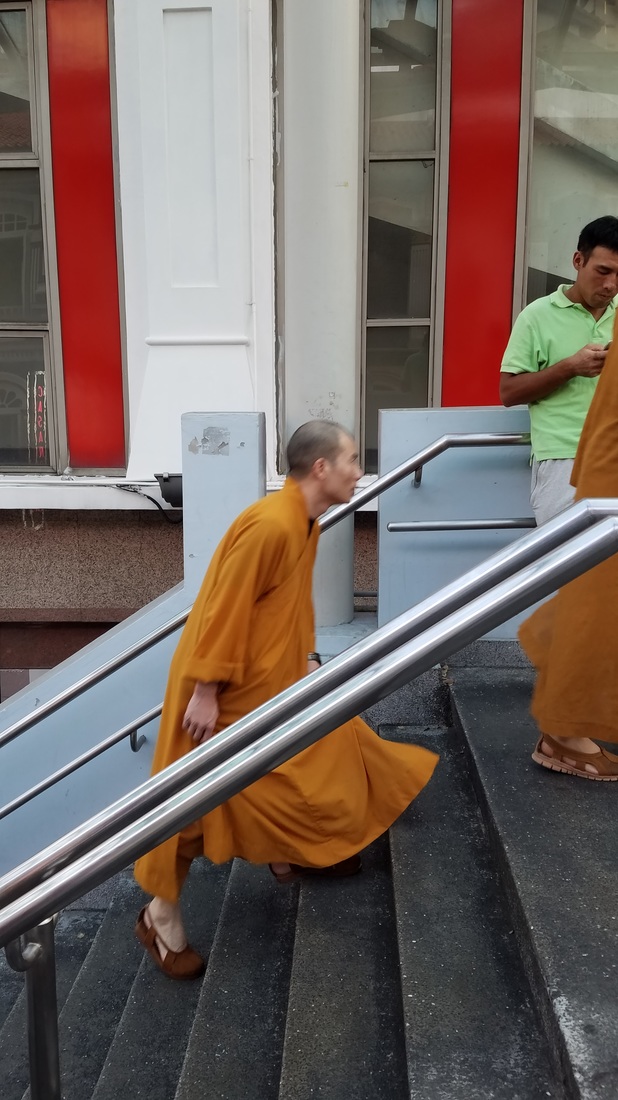

 RSS Feed
RSS Feed
